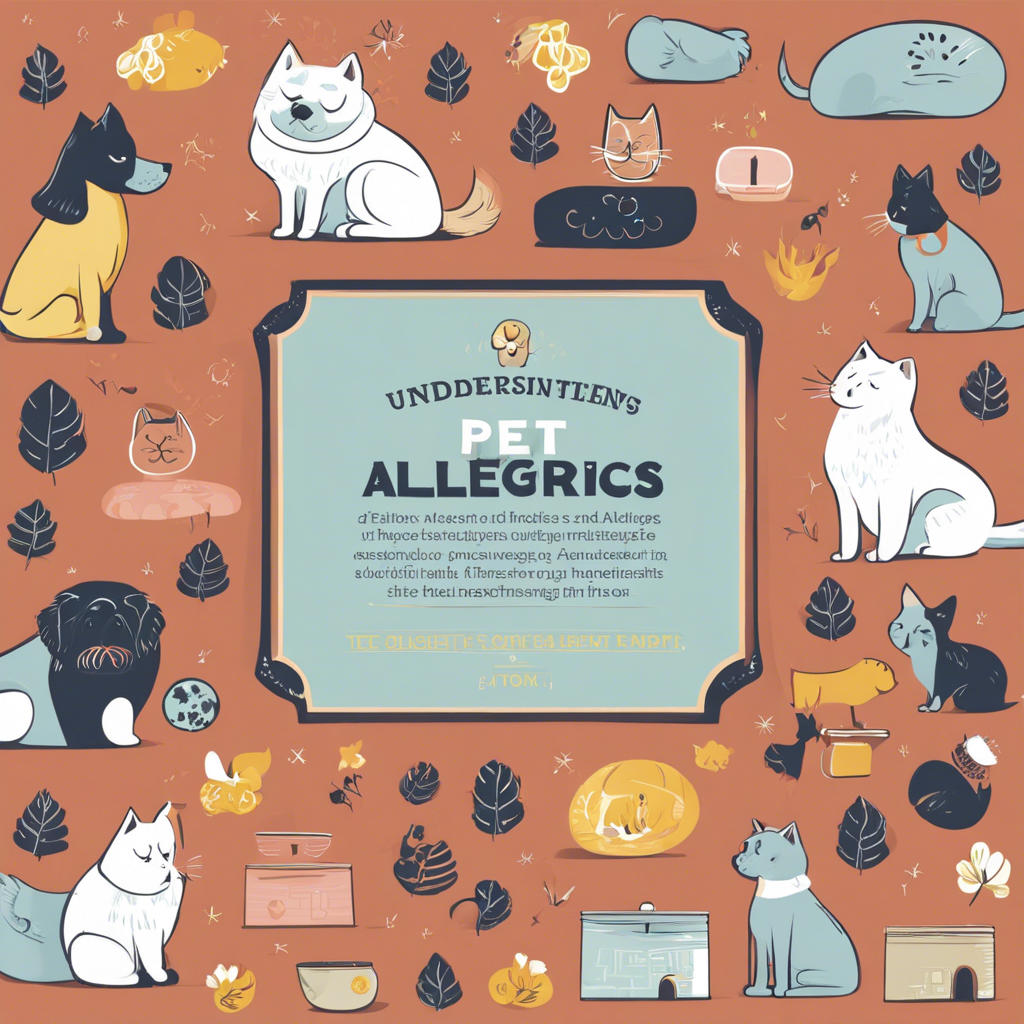# Understanding and Managing Pet Allergies: Tips for Pet Owners and Enthusiasts
For many people, pets are beloved companions that bring joy and comfort to their lives. However, for those with pet allergies, this can be a challenging experience, often requiring careful management and understanding to live harmoniously with their furry friends. Pet allergies are common and can range from mild to severe, with symptoms such as sneezing, itchy eyes, a runny nose, and even asthma attacks. While allergy symptoms can be a nuisance, there are effective strategies to manage them so you can continue to enjoy the company of your pets.
The first step to managing pet allergies is understanding the allergens involved. Pet allergens are typically proteins found in an animal’s skin cells, saliva, or urine. These allergens can become airborne when pets shed skin cells or when their saliva dries, forming tiny particles that can be inhaled or come into contact with the eyes or nose, triggering an allergic reaction. It’s important to note that pet hair itself is not usually the culprit, but it can collect and harbor allergens, spreading them throughout your environment.
To minimize allergens, regular cleaning and grooming of your pet are essential. This includes frequent bathing of your pet to reduce the levels of allergen-containing proteins on their fur and skin. Using pet shampoos that are hypoallergenic and free of strong chemicals or fragrances can help prevent skin irritation and reduce the spread of allergens. In addition to pet grooming, maintaining a clean living environment is crucial. Regular vacuuming and dusting of your home, especially areas where your pet frequents, can help eliminate accumulated pet dander and hair. Consider using a vacuum with a high-efficiency particulate air (HEPA) filter, which traps fine particles, reducing their recirculation into the air.










